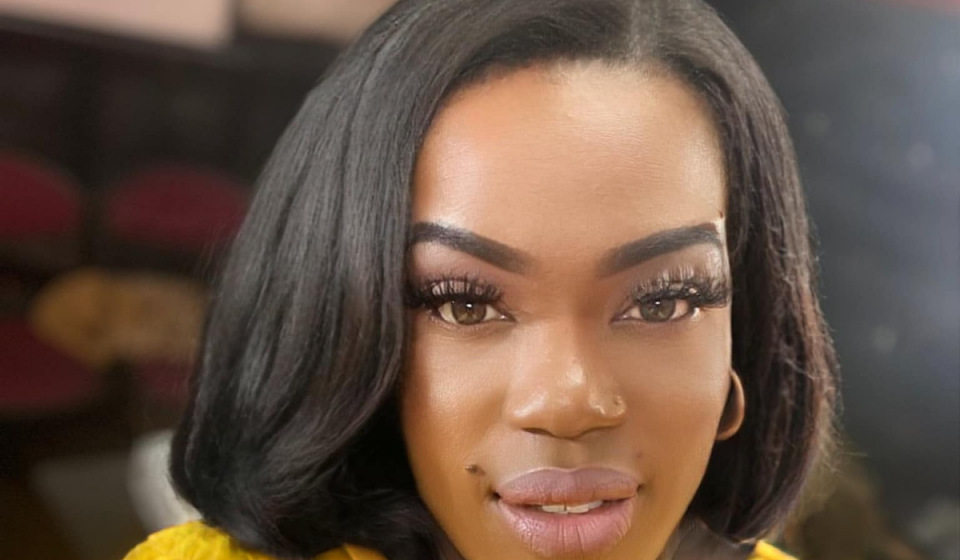Top Kenyan Female Artists Who Paved the Way but Don’t Get Enough Credit
23 May 2025

image:Mdundo.com
Writer:Yvonee Githinji
[Download Ohangla Dj Mixes on Mdundo.
Long before viral TikToks and streaming numbers ruled the charts, Kenyan female artists were already doing the heavy lifting—breaking norms, writing anthems, and standing tall in a male-dominated industry that often made them fight twice as hard for half the recognition. Names like Amani, Nazizi, Mercy Myra, and Linda Muthama might not trend daily in today’s algorithms, but they remain the blueprint. Their contributions didn’t just open doors—they built the hallway.
Let’s start with Amani—a household name in the early 2000s. With her sultry voice, timeless hits like Ninanoki Bad Boy and Missing My Baby, she gave us radio gold and undeniable stage presence. Amani’s ability to blend R&B, pop, and African rhythms made her one of the first Kenyan women to command regional and continental attention. She wasn’t just performing—she was leading the way.
Then there was Nazizi, the First Lady of Kenyan hip-hop. As one-half of Necessary Noize, alongside Wyre, she dared to spit bars in a space overwhelmingly ruled by male MCs. Songs like Kenyan Gal, Kenyan Boy weren’t just catchy—they were revolutionary. Nazizi gave young Kenyan girls permission to be bold, to be lyrical, to own the mic and the message. And she did it in khakis and Timberlands, flipping the script on what female artistry could look and sound like.
Mercy Myra, with her rich Afro-fusion sound, brought class and vocal power to the game. Hits like Chokoza and Tuchangamke showcased her vocal range and versatility, placing her at the heart of Kenya’s soul and R&B movement. She represented Kenya abroad at festivals and showcases, always carrying the flag with elegance and pride. While many of her peers bowed out early, she kept pushing, even taking her craft international.
Linda Muthama, though often remembered for her Tusker Project Fame journey, deserves a seat among the greats. Her vocal control, theatrical performance style, and willingness to embrace live instrumentation gave her an edge few could match. She blended music and stagecraft in a way that was rare, reminding us that performance is both voice and presence.
Other names that deserve more flowers include Ruth matete Wahu, whose hits like Sweet Love and Liar were as heartfelt as they were catchy, and Suzanna Owiyo, whose fusion of traditional Luo music and contemporary sounds brought heritage to the mainstream.
These women didn’t just release music—they battled societal expectations, media bias, and limited industry infrastructure. They kept showing up, touring, recording, and mentoring, even when the spotlight dimmed. Thanks to them, today’s artists like Nadia Mukami, Femi One, Nikita Kering’, Ssaru, and Xenia Manasseh can thrive in a slightly more equitable space—one that exists because someone else fought for it.: They may not trend today, but the ground they broke still holds up the stars we celebrate now. These women weren’t just singers—they were soldiers. And in every beat from a new-age Kenyan female artist, there’s an echo of their courage. Let’s remember their names, play their music, and give them the credit they so rightly deserve.





Leave your comment